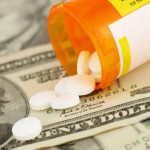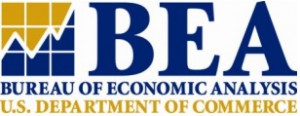Propping Up Obamacare: Playing the (Bad) Hand You’re Dealt…
Obamacare is enrolling too many sick people and too few healthy ones to prevent a death spiral. The Centers for Medicare & Medicaid Services (CMS), a unit of the U.S. Department of Health & Human Services (HHS), has proposed a new rule to stabilize the Obamacare markets for individual health insurance. This was the first rule issued since Dr. Tom Price was appointed HHS secretary. The proposed Market Stabilization rule includes a number of measures to prevent people from entering the market when sick and exiting when healthy.







